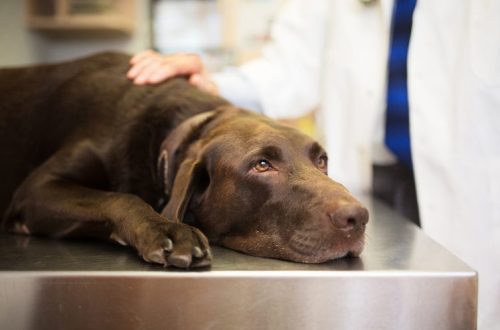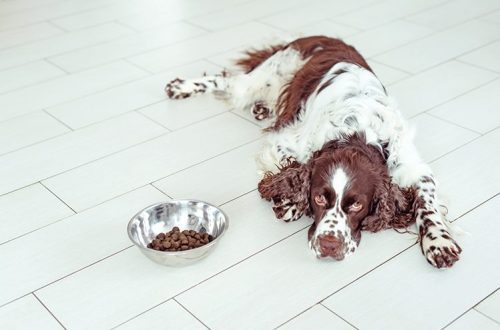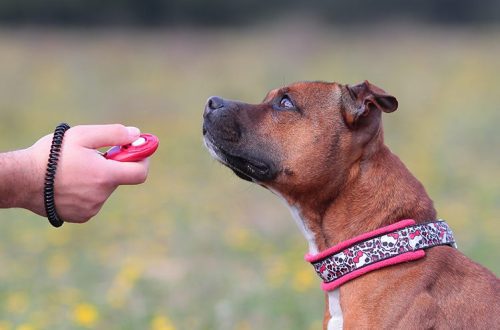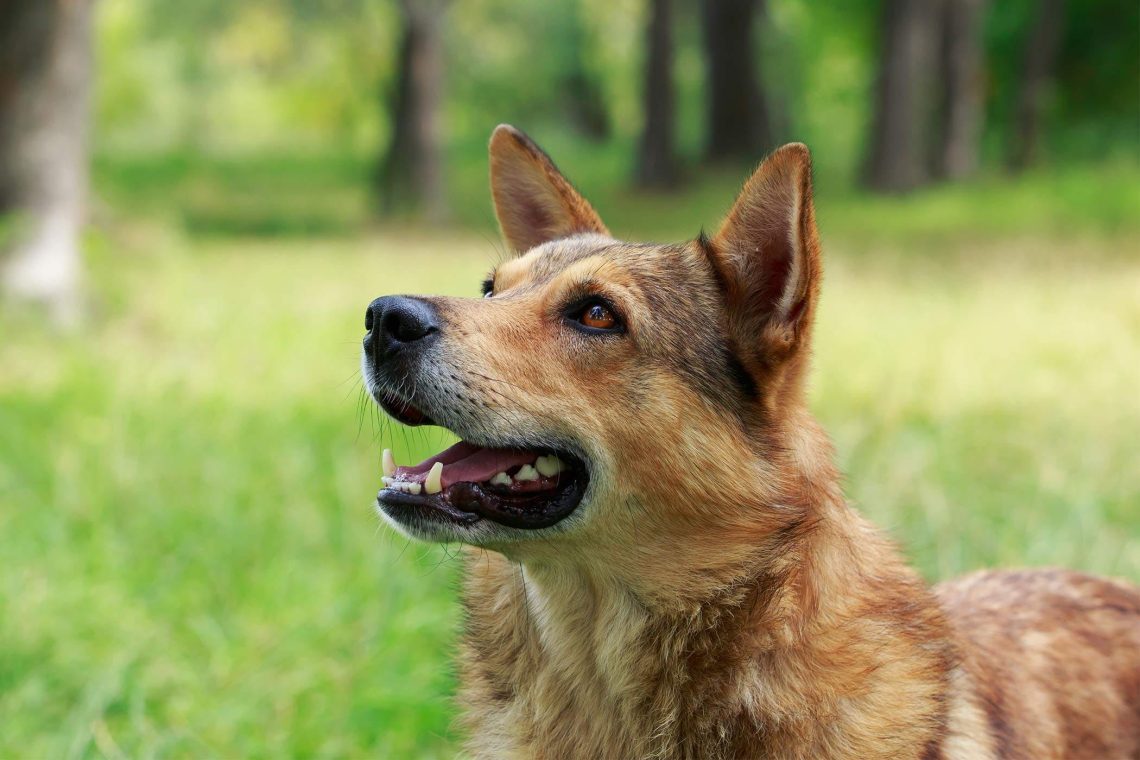
Why does a dog’s jaw shake?
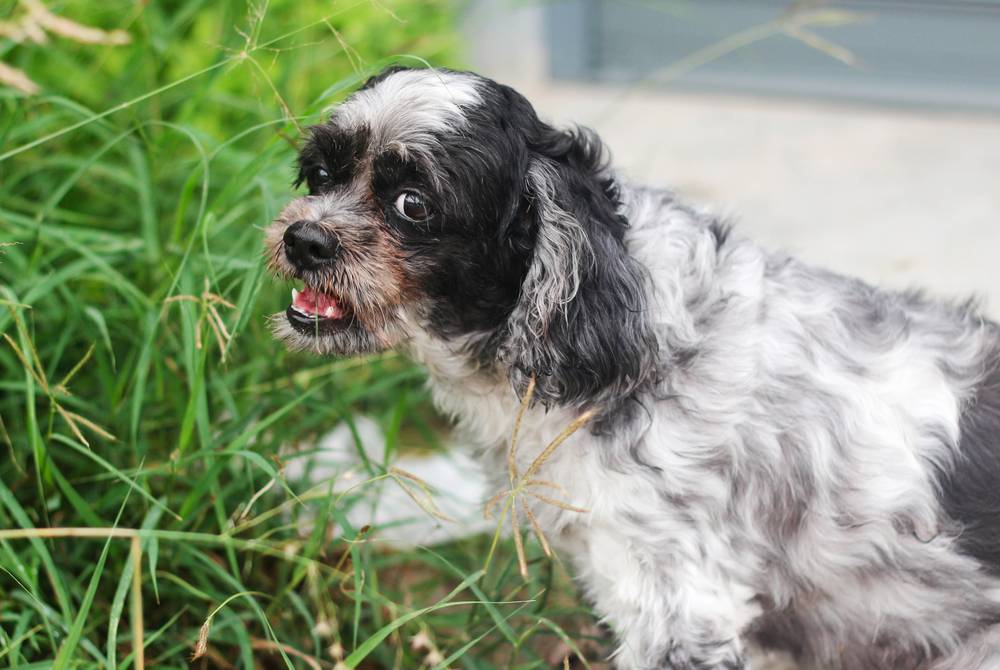
Contents
12 reasons why your dog’s lower jaw is trembling
There are many reasons why a dog’s jaw shakes. Some of them are physiological, which are a normal manifestation of a particular condition of the dog. The other part is a manifestation of pathologies that require medical intervention and treatment.
Excitation
The most common reason why a dog’s lower jaw is shaking is an excited state. When overexcited in dogs, control of the state is disturbed, involuntary movements often appear. One of these is trembling in the lower jaw. So dogs can react to the owner’s return home, going for a walk and other emotional situations. Most often, in this state, the animal also has other changes. Often the dog makes sharp jerky movements, jumps, runs, and at the moments of stops it can tremble more strongly: with the whole body or only with the jaw. Breathing and heart rate may also increase.
This reaction is normal for an excited dog.
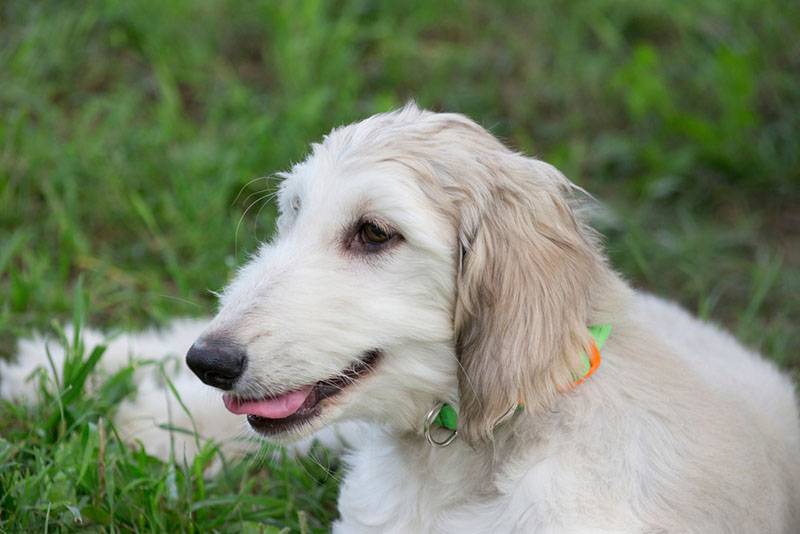
Body hypothermia
Hypothermia of the body, both in humans and animals, is often manifested by shivering. In cold weather, especially in small and smooth-haired breeds of dogs that are sensitive to temperature, the lower jaw may tremble. The fact is that the animal can strain the whole body, trying to shrink and warm up, and this causes muscle tremors in the tense area. With further hypothermia, most likely, the shiver will pass to the rest of the body: back, legs.
Anxiety and stress
Another common emotional cause of mandibular tremor in dogs is stress and anxiety. This is especially true for some breeds of dogs, such as toy terriers, chihuahuas, and greyhounds. Such dogs can begin to tremble in any alarming situation: in new places, on the road, when interacting with strangers and other dogs. Also, trembling in the lower jaw can occur after severe stressful situations, when the animal relaxes and weakens control over its body.
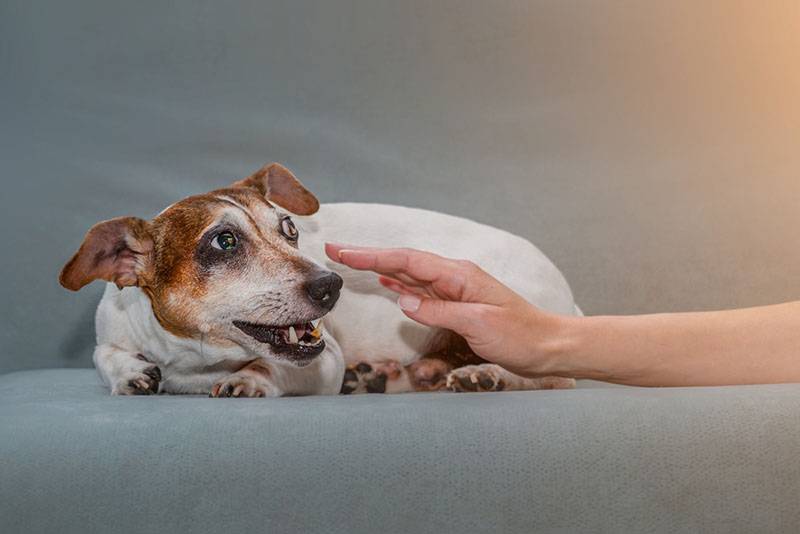
Old age
With age, the dog’s body wears out, the sensitivity of neuromuscular impulses decreases, flabbiness of muscle tissue and skin appears. This leads to involuntary muscle contractions, trembling in certain parts of the body, including the lower jaw.
Pain
Dogs often hide pain, and small changes in behavior and condition can indicate to owners that something is wrong with the pet. One of the manifestations of the pain syndrome may be trembling. Most often, the tremor of the lower jaw in a dog manifests itself in a relaxed state, during sleep and rest, or during certain movements that cause pain or immediately after. For example, while climbing stairs, active running, jumping.
Dental diseases
The most common medical problem in connection with which the lower jaw shakes in a dog is a dental pathology. The animal may develop inflammation of the soft tissues of the oral cavity (stomatitis or gingivitis), damage to the tissues surrounding the tooth root, inflammatory (periodontitis) or non-inflammatory (periodontal disease)
genesisOrigin, violation of tooth enamel and a change in the sensitivity of the teeth, the formation of tartar. All this can cause significant discomfort in the pet and manifest itself as periodic trembling of the lower jaw.
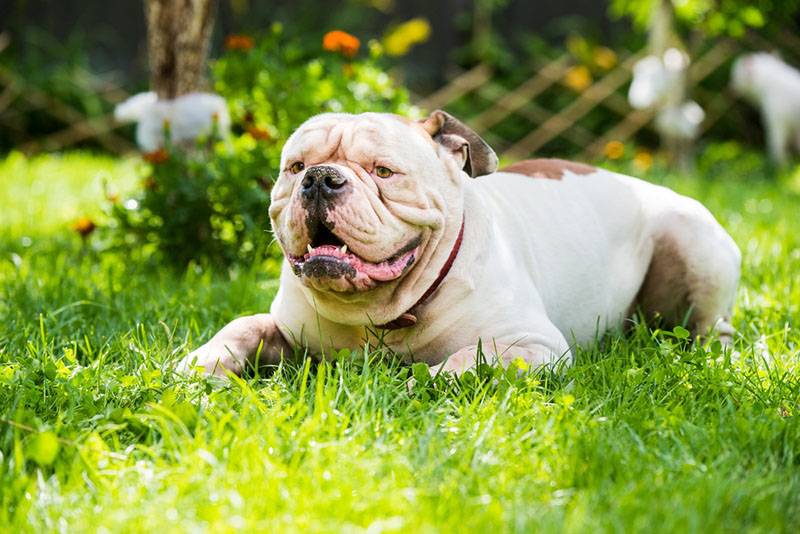
Intoxication
Poisoning with various toxic substances can cause convulsive manifestations, including tremor of the lower jaw in a dog, severe salivation, and trembling throughout the body. At the same time, many substances can have an unpleasant taste or astringent texture, which can cause jaw movements: the pet is trying to get rid of the unpleasant sensation in the mouth.
Convulsions
There are a number of neurological pathologies that lead to seizures or tremors. With epilepsy, inflammatory diseases of the brain, convulsions can occur, which are manifested by trembling, involuntary muscle contractions. With an atypical course, a limited area of uXNUMXbuXNUMXbthe body, for example, only the lower jaw, can tremble.
There are other pathologies of the nervous system in which tremor is observed: congenital underdevelopment of brain structures, their compression as a result of hematoma formation, neoplasms or trauma. Such structures may include the cerebellum, brain stem, mandibular nerve.
There is a specific disease of the cerebellum – idiopathic cerebellitis, in which periodic attacks of trembling occur. Most often, the entire body of the animal trembles, but at the beginning or at the end of the attack, only the jaw may tremble.
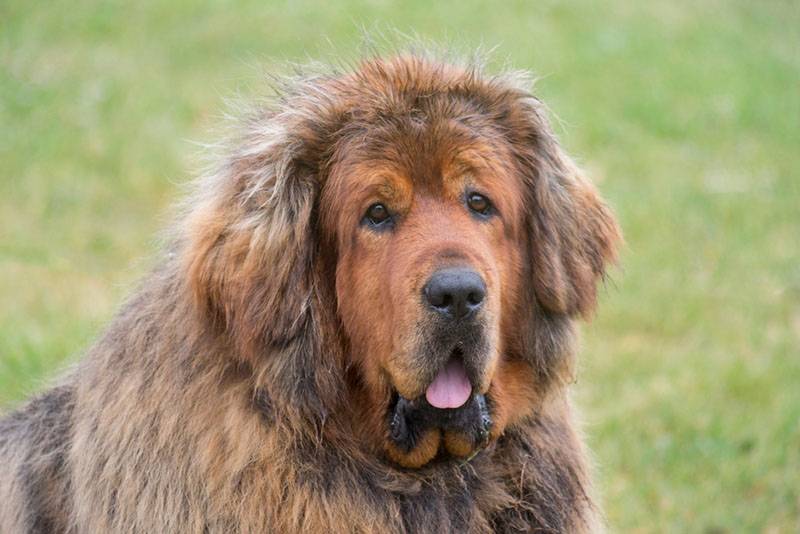
Side effect of drugs
Some drugs have a bitter and unpleasant taste. If your dog’s lower jaw twitches after taking the drug, he is most likely just trying to get rid of an unpleasant sensation in his mouth. Also, some drugs can cause adverse or individual reactions in dogs. One of the manifestations of an adverse reaction may be trembling in the lower jaw.
Foreign objects
Many dogs have a tendency to gnaw and chew on various objects: toys, sticks, and household items. When chewing hard and sharp objects, there is a risk of trauma to the oral cavity: the appearance of scratches and abrasions on the mucous membrane of the cheeks, lips and gums, and fractures of the teeth. Small particles can get stuck in the animal’s mouth, between the teeth. This causes discomfort, itching, small internal scratches and damage. In this case, the pet may experience a tremor of the lower jaw, teeth chattering.
Habit
All dogs are individual, all have their own habits. Trembling in the lower jaw can also be a habitual behavior of a particular dog. Most often, such constant reactions appear at certain moments and situations. For example, before eating or during the game.

idiopathicSpontaneous reasons
This is a group of causes of unclear origin. There is always a chance that it will not be possible to establish an accurate diagnosis or the cause of a particular behavior. If the dog’s lower jaw is shaking, but this does not bring significant discomfort to either the owner or the animal, and the veterinarian has prescribed a working symptomatic treatment, you can recognize the cause as unclear, stop doing research, taking tests and not going to third-party specialists.
Symptoms of diseases
Dental diseases. Most often, the dog’s lower jaw twitches in the moments before feeding or after it. Chattering or grinding of the teeth is also common. You may get the impression that something is blocking the dog’s mouth. Another common symptom is
hypersalivationIncreased salivation in an animal. When examining the oral cavity, you can notice redness of the mucous membranes or gums, bleeding, and bad breath. An animal with significant dental problems may refuse food.
Neurological pathologies and intoxication of the body. With convulsions in a dog, trembling is observed in certain parts of the body or only in the lower jaw. In this case, the dog usually lies on its side. She does not respond to your call, she tries to get up, but she does not succeed. If the dog is conscious, he may have dilated pupils and a frightened expression on his face. Salivation also increases, foam from the mouth may appear. This condition usually begins abruptly and passes abruptly. In this case, a slight tremor may persist after the attack.
Another variant of a neurological or toxic manifestation is small but regular involuntary contractions of the muscles of the muzzle, twitching. Additional symptoms may not be observed.
Pain syndrome caused by neurological, orthopedic or organ pathologies. Most often, with a strong pain syndrome, there is a general stiffness, a change in lifestyle, a refusal from habitual actions (climbing stairs, jumping, playing), shortness of breath.
With orthopedic diseases, lameness can be observed. With neurological – periodic screams during movements, picking up, shaking the head. With organ pathologies, there may be a change in urination and defecation: frequency, color, consistency, posture. Appetite may be disturbed, vomiting may occur.
Depending on the accompanying symptoms, further diagnostics will be carried out, a specialist and treatment strategies will be selected.
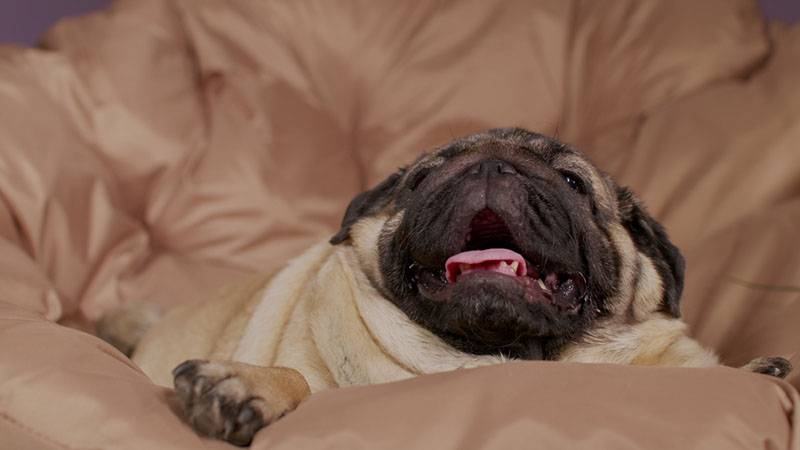
Diagnostics
In case of dental pathologies, an important stage of diagnosis is a qualitative examination. Inspection is often recommended to be carried out under
sedationReducing irritability or agitation by administering sedatives to minimize stress and prevent injury. As methods of additional diagnostics, blood tests, taking smears or pieces of affected tissues for examination, and radiography can be prescribed.
In case of intoxication, an important diagnostic factor is the quality
anamnesisThe totality of information received by the veterinarian from the guardians of the animal: what and where the animal could eat, what drugs it receives, what household chemicals the dog has access to, etc. Further blood and urine tests may be required. Ultrasound, x-rays, or other additional diagnostic methods may be required to exclude other pathologies.
If a neurological pathology is suspected, the anamnesis is also important. Video seizures from owners can facilitate diagnosis. Further diagnosis may require blood tests and more complex procedures: magnetic resonance imaging (MRI), electroencephalography (EEG), neuromyography (LMG).
If a severe pain syndrome is suspected, a qualitative examination is necessary to identify the localization of the pain site and further additional studies. If orthopedic pathologies are suspected, x-rays, computed tomography (CT) may be required. If you suspect a neurological pain syndrome – MRI. If you suspect another pathology – blood tests, urine tests, ultrasound, x-rays.
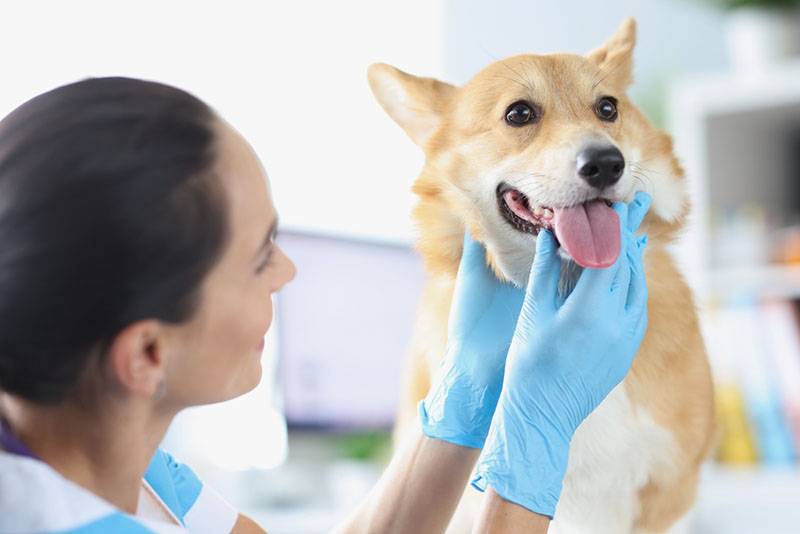
Treatment
For dental problems, depending on the pathology, various treatments can be prescribed. This can be conservative treatment, including changing the diet of the animal, giving medications, treating the oral cavity with solutions and ointments. However, more significant intervention may be required: teeth cleaning, removal of tartar, extraction of a foreign body, removal of affected teeth, surgical correction of bone jaw structures.
In case of intoxication of the body, treatment is aimed at the speedy removal of the toxin from the body, normalization of the water-salt balance and the general condition of the pet. It may be necessary to hospitalize the animal.
For neurological pathologies, drug therapy may be required.
It should be borne in mind that for some pathologies, for example, with epilepsy, lifelong therapy and condition monitoring are sometimes needed. In some pathologies, surgical treatment may be required, for example, in oncology.
For other pathologies, treatment may be different. With neurological or orthopedic pathologies that cause severe pain, drug therapy, physiotherapy, and surgical treatment are prescribed. In diseases of the internal organs, treatment can also be medical, in rare cases – surgical. With a strong pain syndrome and a significant development of pathology, inpatient treatment may be required.
Prevention
Many dental pathologies can be prevented by proper dog nutrition: the absence of too hot and cold food in the diet, sufficient variety, and meeting the animal’s need for a sufficient amount of vitamins, minerals and trace elements. Teeth cleaning will also serve as a preventive measure – independent regular cleaning with a brush and paste or periodic ultrasonic cleaning by a specialist.
Prevention of intoxication can be the control of the animal’s access to medicines, household chemicals, cosmetics in the house, as well as the non-selection of unfamiliar food on the street.
Prevention of other diseases can be timely vaccination and regular medical examination of the pet: it is recommended to conduct an examination once a year for young pets and once every six months for dogs older than 5-6 years.
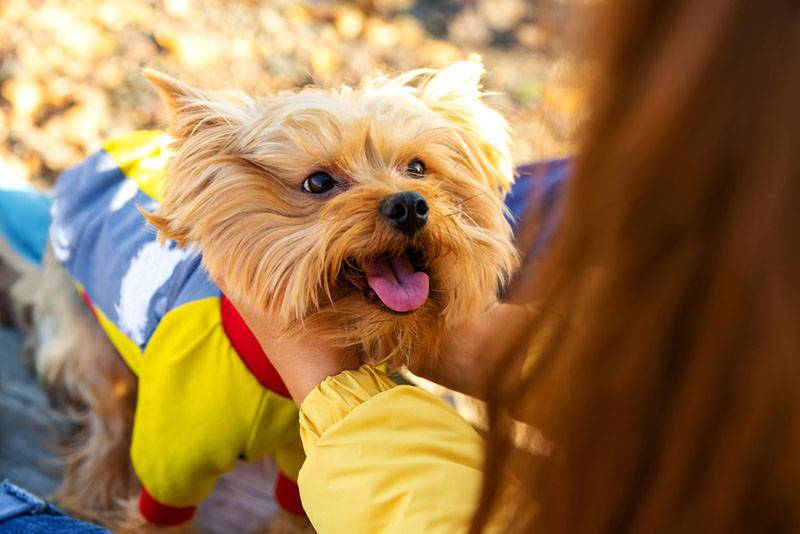
Tremor of the lower jaw in a dog – the main thing
Tremor of the lower jaw in a dog is not always the cause of the disease and a cause for concern.
The most common reason why a dog’s jaw shakes is a state of strong emotional arousal and stress. The most common medical cause of jaw tremors is dental problems. Such pathologies are most often accompanied by problems with eating, hypersalivation, and bad breath.
Other reasons why a dog’s jaw shakes can be neurological diseases and poisonings that cause convulsions and tremors.
Severe pain syndrome caused by organ, orthopedic and neurological pathologies can also cause jaw tremor. A qualitative examination and diagnosis is necessary to determine the cause of the pain.
An examination by a veterinarian may be necessary to diagnose a pathology that causes tremors in the lower jaw. Based on the results of the examination, an appointment with a narrowly specialized specialist (for example, a dentist or a neurologist), as well as additional studies, may be prescribed.
Treatment is usually aimed at eliminating the cause that causes these symptoms. It may include drug therapy, surgical treatment. Hospitalization may be required.
Prevention of dental diseases is proper feeding and regular brushing of the dog’s teeth.
It is important to vaccinate and regularly examine the pet.
Answers to frequently asked questions
Sources:
G. G. Shcherbakov, A. V. Korobov “Internal diseases of animals”, 2003, 736 p.
Michael D. Lorenz, Joan R. Coates, Marc Kent D. «Handbook of veterinary neurology», 2011, 542 p.
Frolov V. V., Beydik O. V., Annikov V. V., Volkov A. A. “Stomatology of the dog”, 2006, 440 p.



